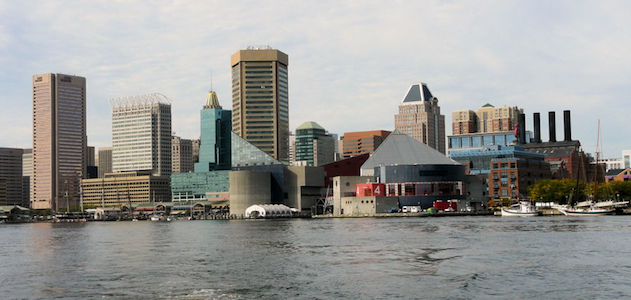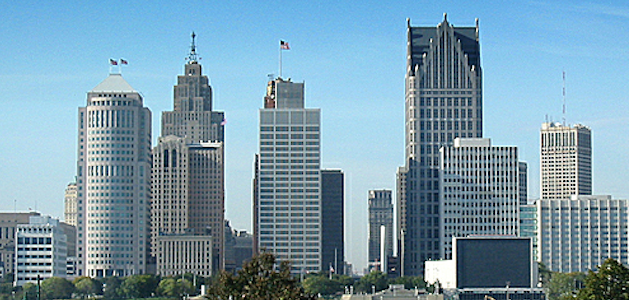Home prices are increasing in the U.S. back to levels not seen since 2006, but all hope is not lost for prospective home buyers.
Across 40 large cities in the U.S., about 55% were considered affordable and were large enough to house working-class families with their two to four bedrooms, according to a new study by Redfin, an online real estate brokerage.
In fact, in 25 of those cities, over 50% of the homes were affordable for a working-class family and between two and four bedrooms, the study showed.
Detroit was the most affordable city for the working class, boasting 97% of its listings are large enough and affordable for the working-class household income.
That being said, most affordable inventory is falling, creating a more competitive market.
“It’s tough to find affordable homes for sale in the neighborhoods where people with higher incomes tend to live,” Redfin Livability Analyst Eric Scharnhorst said. “It’s like looking for a needle in a haystack.”
“Neighborhoods with a healthy mix of incomes and home types cover just 13% of our cities,” Scharnhorst said. “The solution is a mix of inventory with homes for people of all incomes, even in the same neighborhood.”
“It’s about more than just affordability; we’ve found that when people of various incomes live in the same neighborhood, everyone benefits,” he said.
Here are the top 10 most affordable cities:
10. Jacksonville, Florida, with 71% of inventory affordable on a working-class household income and between two and four bedrooms, as of July. It had a 15% decrease in affordable housing since the beginning of 2014. The average income for a working-class family was $52,500 and the median home price was $237,457.
9. Minneapolis, with 74% affordable inventory and an 11% decrease in inventory from 2014. The average income for a working-class family was $68,500 and the median home price was $298,900.
8. Arlington, Texas, with 74% affordable inventory and a 13% decrease in inventory from 2014. The average income for a working-class family was $59,500 and the median home price was $259,950.
7. Kansas City, with 80% affordable inventory and an 8% decrease in inventory from 2014. The average income for a working-class family was $57,500 and the median home price was $237,700.
6. Philadelphia, with 82% affordable inventory and a 6% decrease in inventory from 2014. The average income for a working-class family was $62,500 and the median home price was $202,000.
5. Memphis, Tennessee, with 83% affordable inventory and a 5% decrease in inventory from 2014. The average income for a working-class family was $47,500 and the median home price was $136,000.
4. Columbus, Ohio, with 84% affordable inventory and a 9% decrease in inventory from 2014. The average income for a working-class family was $55,500 and the median home price was $176,200.
3. Baltimore, with 90% affordable inventory and a 4% decrease in inventory from 2014. The average income for a working-class family was $70,500 and the median home price was $170,500.
2. Cleveland, with 92% affordable inventory and a 1% decrease in inventory from 2014. The average income for a working-class family was $49,500 and the median home price was $85,000.
1. Detroit, with 97% affordable inventory and a 1% increase in inventory from 2014. The average income for a working-class family was $52,500 and the median home price was $41,500.















